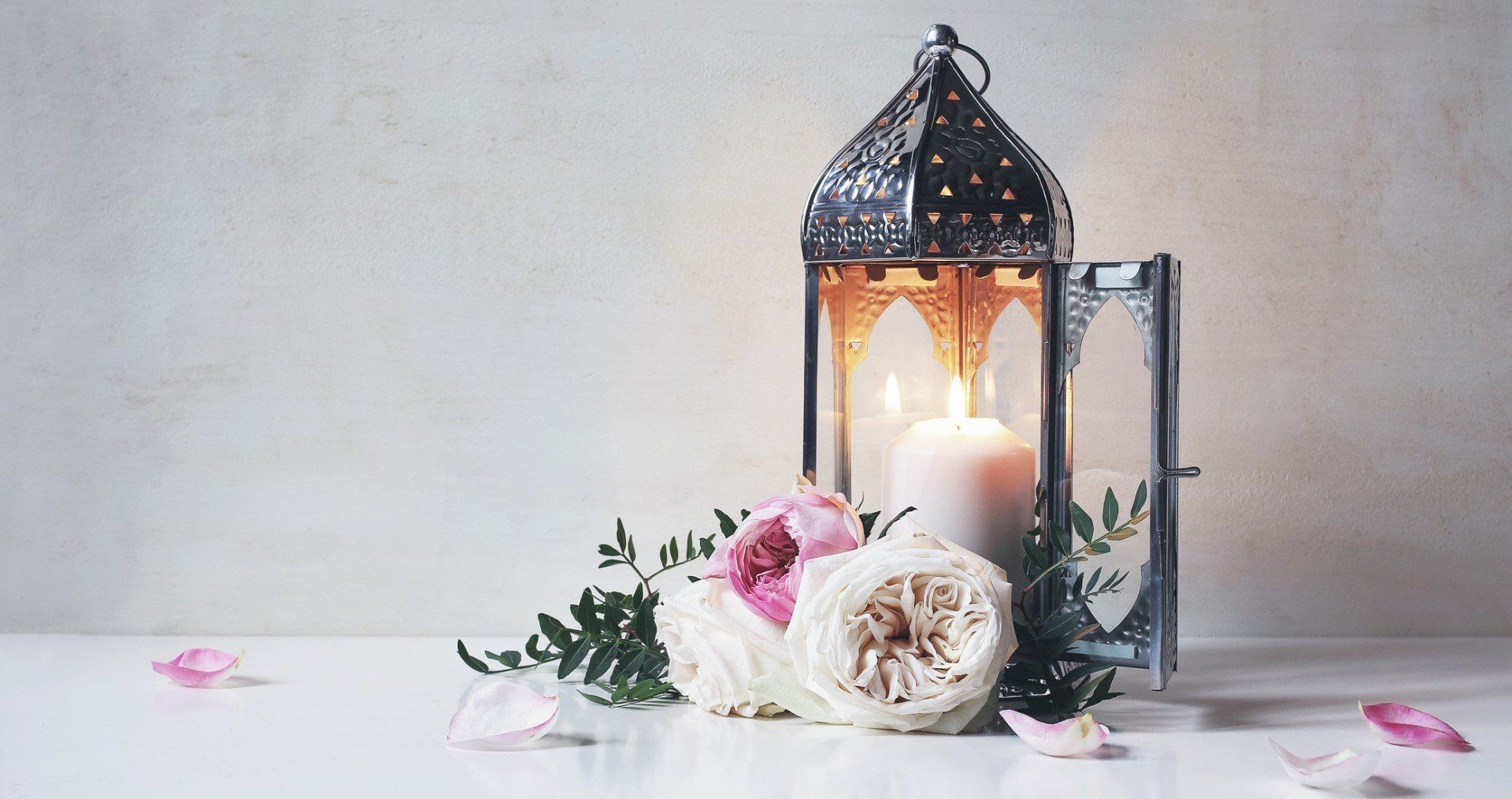Burial Services
Why Choose Burial?
One of the most common questions we get asked is “why choose burial over cremation?”. If you are undecided we have provided a list of benefits of choosing burial to help simplify your decision. There is a wide variety of reasons why someone would choose burial, however the reasons listed below are what we have found to be the most common.
Burial services tend to be the more traditional choice, and if you or your loved one are more conventional, then this would likely be the choice for you. It is very common for people to consider burial the default method of saying goodbye, and honoring their loved one. For most people, when they think of a funeral they generally envision a casketed burial service following the ceremony.
Another strong reason why people choose burial over cremation is due to the religious beliefs of their loved one. For example, the Christian concept of resurrection of the body is deeply held by many and makes burial a religious act. Jewish families and those practicing Islamic traditions also have strong religious and social commitments to burial.
Many people find cemeteries peaceful, beautiful, and are just a natural fit as a final resting place. What better place to celebrate the life of a loved one than under the open sky, beneath trees, or beside flowers? No matter the cemetery that your loved one's burial service is held at, the emotional and spiritual comforts of the natural surroundings will be keenly felt.
Some people get uncomfortable when thinking about cremation. There is a common misconception that the body is put to fire that makes them feel uneasy. Many do not feel the body gets the respect it deserves through cremation. On the other hand, with burial the body is placed in a beautiful casket, the loved one can be dressed in their nicest attire, and family members can add in special mementos into the casket.
For many, a full funeral with a burial service provides the most effective way to mourn the loss of a loved one, get closure, and deal with their grief. Witnessing the coffin being lowered into the ground often gives people the closure they need during that time and is seen by many as a proper goodbye.
Another benefit of burial is that it offers the ability to lay to rest alongside your spouse, family members, or other significant loved ones. For example, if a husband passes away and is buried, his wife will likely be buried beside him so they can be alongside each other for eternity.
Our Burial Services
Direct Burial
This is the simplest type of burial service we offer. It does not involve any type of funeral service or ceremony. Essentially, the fees cover the transportation of the body, casketing of the body, the actual burial, and the completion of the appropriate paperwork.
Graveside Service
This burial package includes everything that comes with the direct burial package plus the arrangement of a ceremony at the cemetery which can be supervised by our funeral directors if you would like.
Traditional Funeral Service
This burial service package involves the most components. It includes a wake/visitation, a traditional funeral that usually takes place at a church, and a procession to the cemetery where the deceased is given a final goodbye. Also, sometimes families choose to hold a reception as a final stage of the funeral service.
The above information is just a quick overview of what we can provide in terms of burial services. Contact us so we can give you a full breakdown. We allow for customization and will likely be able to meet any of your specific needs and wishes.
6 Types of Burial Services
After choosing a burial service, it’s time to think about the different methods of burial. We break down the different options below.
Traditional In-Ground Burial
In-ground burial is the most traditional burial option. Often, the body is first embalmed because the family wants to hold a visitation where the casket is open. However, embalming is not required.
In-ground burial consists of 5 components:
1) Casket - Holds the body of the deceased.
2) Gravesite - The plot or space where your loved one will be buried.
3) Headstone and Grave Marker - These two burial monuments generally contains:
- The deceased’s name
- Date of birth and death
- Words of identification such as mother, son, brother, friend, etc.
- A quote of importance to the deceased
- Religious or philosophical sayings
Burial headstones are upright granite monuments usually found at cemeteries, where grave markers are flat bronze plaques placed on a granite stone base usually found at memorial parks.
4) Burial Vault - Used to support the soil above and around the casket. Often they are made out of concrete and lined with plastic.
5) Gravesite Preparation & Maintenance - A plot needs to be dug into the ground and later back-filled. Some landscaping work may also be needed to restore the gravesite’s original appearance.
Green Burial
Green burial which is also referred to as “natural burial” does not use embalming fluid, a casket, or a vault. Alternatively, the remains are placed directly into the ground, allowing them to decompose naturally and leave less impact on the environment. In some cases, the remains are buried in simple burial shroud or a biodegradable casket to protect the body from the earth until natural decomposition occurs. Another distinguishable element of a green burial is the absence of equipment or machinery to dig the burial site, instead the gravesite is dug by hand. The only real hurdle to natural burial is finding cemeteries that allow for the practice.
Mausoleum Burial
Mausoleum burial is a method associated with more privacy and a sense of prestige. Mausoleum burials see the internment of the deceased within a free-standing building. A mausoleum is a building that memorializes deceased individuals and provides a secure enclosure. When choosing to place your loved one in a mausoleum their casket or vault will never come in contact with the earth, as they are within an above-ground structure. This also ensures that the burial site will always remain clean and dry, allowing you to visit your loved one in any weather conditions.
A mausoleum can be of two kinds - A community mausoleum or a private mausoleum.
The main difference between the two is that a community mausoleum includes multiple deceased individuals that are not necessarily related, whereas a private mausoleum is built by request for a single family. Private mausoleums are typically for larger families that wish to remain together and are much more costly.
Lawn Crypt Burial
Essentially, a lawn crypt is an underground mausoleum that has no entry. A crypt is a chamber made of concrete and reinforced steel. The biggest benefit of lawn crypts is that they do a great job of protecting the casket while also still allowing for a traditional looking in-ground burial. Grass is planted above the crypt and often times a drainage system exists below.
Burial at Sea
A burial at sea involves the disposal of a deceased corpse into a body of water, typically off of some form of ship. The ceremony may involve burial in a casket or sailcloth. Today, burial at sea is mostly done for Navy personnel, however anyone can technically apply for burial at sea. Going through the application process and receiving the proper permits can be rather difficult. Sea Services is one company that performs burial at sea. Different religions and countries each have their own unique methods of burial at sea and may follow a slightly different process.
Home Burial
Some cities allow for a burial to take place on your own private land. Your municipal government or funeral director will let you know if your community permits home burial.
4 Types of Burial Plots
With traditional in-ground burial, cemeteries generally allow you to buy these types of burial plots:
Single Burial Plot
This type of plot accommodates the burial of one individual.
Companion Plots
This is the purchase of two burial plots right beside each other. Generally, married couples choose to purchase their burial plots in this manner.
Double Depth Plots
This is a type of companion plot. In this scenario individuals are buried one atop of another in a single space. This is another option married couples often choose. Double depth plots are often cheaper than side-by-side plots because generally only one burial vault is needed.
Family Plots
At some cemeteries, a family can purchase a small area of the cemetery that will be dedicated to the burial of all family members. The area could simply be a row of single plots.
Are You Ready to Talk About Burial Services?
We're ready to listen. In fact, that's what we do best: we not only hear the words, we understand the feelings and the familial dynamics behind them. When you call us for assistance in making the necessary arrangements for a burial service in Scottsbluff, Bridgeport, or Mitchell, NE, you'll discover the value of having an experienced ally committed to serving your family as you would wish to be served.
- Wikipedia, "Burial", modified 2014
- BurialPlanning.com (2019). Burial options: Which is right for you and your family?
- BurialPlanning.com. (2018). What is a lawn crypt & how much does it cost?
- Everplans. (2019). The four types of cemetery plots.
- Funeral Consumers Alliance. (2019). Traditional burial.
- Funeralwise. (2019). Burial options.
- Wikipedia. (2019a). Burial.
- Wikipedia. (2019b). Burial at sea.





